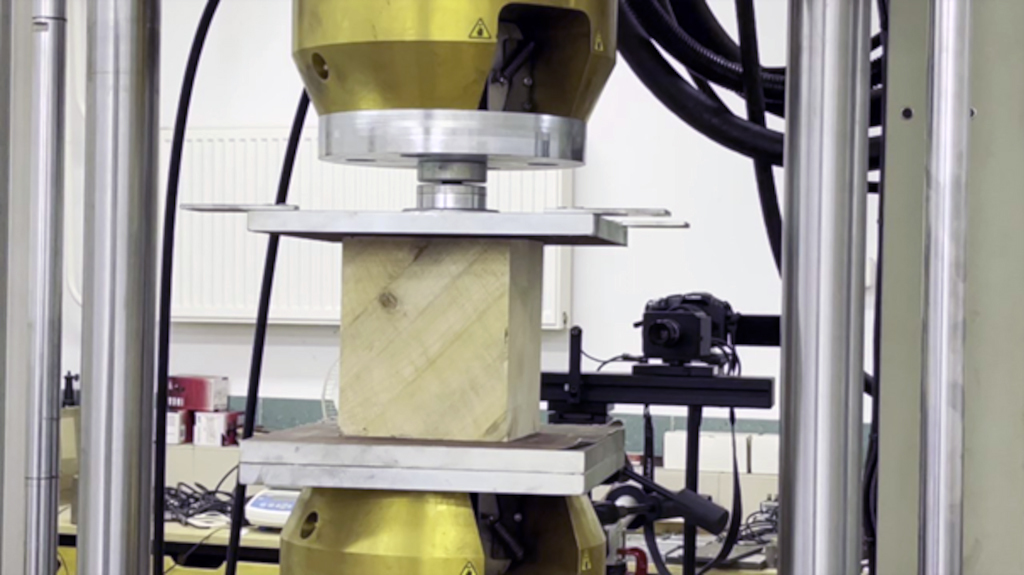Experimental verification of Hill’s model for wood
1
IIB, WIL, Poland
Submission date: 2023-11-30
Final revision date: 2024-02-19
Acceptance date: 2024-02-25
Publication date: 2025-03-20
Archives of Civil Engineering 2025;71(1):507-521
KEYWORDS
TOPICS
ABSTRACT
Structural elements made of wood, are finding more and more applications in construction. They are becoming increasingly popular again due to their ecological nature, as shown by the latest high-rise construction projects. The development of modern wooden structures is forcing designers to look for new solutions in workmanship. New technologies such as glued-laminated timber and cross-laminated timber are currently undergoing many analyses, such as verification for load-bearing capacity, stiffness, fire resistance, acoustics and life cycle assessment. The most popular at present is massive timber. Structures made with this technology consist mainly of cross-laminated and glued-laminated timber elements. Research on cross-laminated timber has mainly focused on its bending and shear strength or modeling approaches to estimate bending strength and failure mechanisms. From the point of view of high-rise construction, aspects of compression behaviors timber elements and their lateral performance are also relevant. In this study, a nonlinear material model based on Hill's anisotropic plasticity potential was calibrated to determine the extent to which it is suitable for simulating simple experimental tests. To this end, experimental compression tests were carried out on wooden specimens at three different angles to the fiber direction. Data from the experiments were collected in parallel using two methods: reading the force and displacement of the machine head; and using the Aramis system to observe the surface of the specimen and determine the displacements using DIC. For comparison with numerical models, both displacement fields and force-displacement curves were averaged against individual samples using proprietary codes written in Python.
Share
RELATED ARTICLE
We process personal data collected when visiting the website. The function of obtaining information about users and their behavior is carried out by voluntarily entered information in forms and saving cookies in end devices. Data, including cookies, are used to provide services, improve the user experience and to analyze the traffic in accordance with the Privacy policy. Data are also collected and processed by Google Analytics tool (more).
You can change cookies settings in your browser. Restricted use of cookies in the browser configuration may affect some functionalities of the website.
You can change cookies settings in your browser. Restricted use of cookies in the browser configuration may affect some functionalities of the website.




